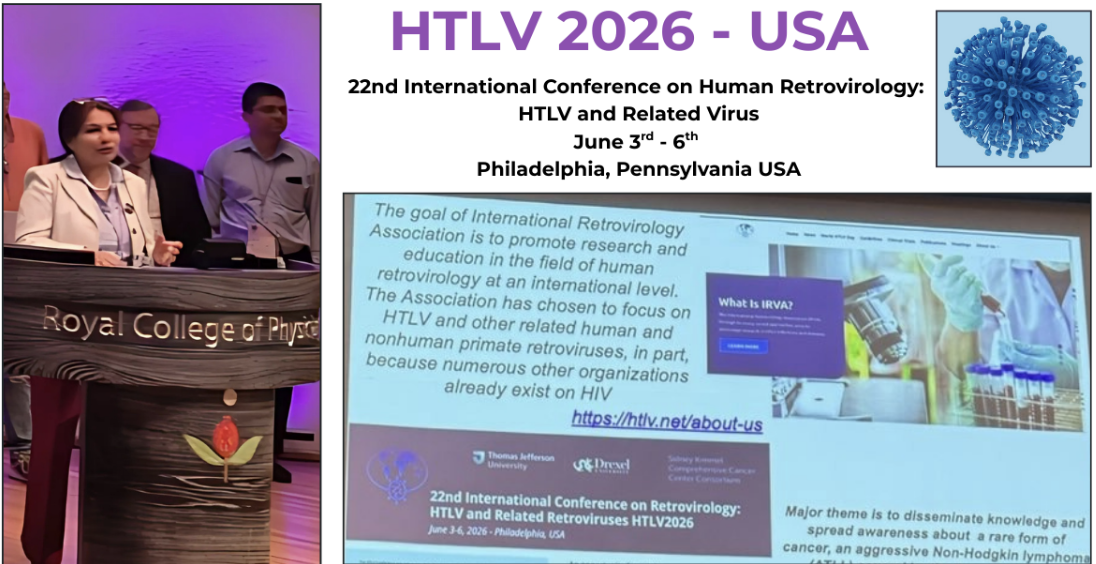The goal of professional sports has always been to win. Looking good while doing it? That’s just a bonus for the gawkers and connoisseurs of human form and motion.
In professional tennis, the “beauty factor” has come to focus on one stroke in particular: the one-handed backhand. The vintage stroke, so named because of its reliance on just one hand, is gradually disappearing from the professional game, as coaches, club pros and parents increasingly opt to teach beginners the more effective two-handed backhand.
That’s because the two-hander is far more suited to the modern game for beginners and professionals alike, experts say.
And, when it comes to acquiring the technical skills required of a sport like tennis, it’s a case of: teach them while they’re young. Rui Li, associate clinical professor and director of the exercise science program at Northeastern University, says that motor learning and skill acquisition peak during childhood years, which is the best time to pick up a racquet.
Li examined the kinetics of both backhand strokes. She says that the two-handed backhand engages more large muscle groups — including the core, back, shoulder and triceps — to provide stability. Because the stroke involves multiple muscle groups, requiring “refined motor control and neural coordination,” the two-handed backhand can be more challenging to pick up later in life.
“It takes longer to develop the automation of the kinetic chain, which involves reflexes and complex motor skill development,” she says.
Joel Drucker, a leading tennis writer and historian-at-large, says the two-handed backhand is a more effective stroke, given the range of physical demands modern tennis places on players.
And the reason, he says, is simple: two hands are better than one.
“It’s like chopping wood,” Drucker says. “You have more stability, you have power. Players, when they learn younger, are able to learn a proficient stroke that is incredibly effective the way Chris Evert, Jimmy Connors and Bjorn Borg pioneered starting in the ’70s.”
Evert, Connors and Borg were early adopters of the now ubiquitous stroke — and the most successful examples before the technique exploded in popularity during the ’80s and ’90s.
For a variety of reasons, the two-handed backhand is advantageous in the modern game, which is characterized by baseline rallies, increased spin and greater pace of shot.
Compared to a one-handed backhand, the two-handed backhand also offers greater maneuverability on the return of serve because, among other things, the non-dominant hand provides that added support, reducing some of the challenges faced by single-handed players, Drucker says. (Players with a one-handed backhand often “chip,” or slice, the return of serve on that wing because of the extreme grip change required to strike the ball flat or with topspin.)
“It [the two-handed backhand] can generate more power, more leverage, more disguise — everything,” Drucker says.
“You can be more forceful from the baseline with a two-handed backhand, and because of that, those who learn with a two-handed backhand tend to play more from the baseline compared to net rushers,” he says.
Players who grew up using the one-handed backhand — if they were taught correctly, Drucker says — would have learned also to rely on the backhand slice, a shot designed to slow the pace of a rally by generating backspin, which can throw an opponent off their rhythm. For that reason, those players may be able to slice the ball more effectively compared to their double-handed counterparts, who generally prefer to drive the ball rather than vary spins.
And, he says, the one-handed backhand, the backhand volley and slice share many of the same technical elements. That can be a boon to beginners who decide to take up the single-hander: the precision and timing required to execute such a complex stroke carry over, to some degree, to other shots.
“The slice backhand technique is almost a sibling of the backhand volley,” he says.
Of course, the one-handed backhand is far from dead: younger generations of players continue to find examples of the stroke in mastered form thanks to social media. And those who manage to break through at the highest level with the old-school technique — like Lorenzo Musetti in recent years — inevitably bring renewed attention to it.
But, as players today strike the ball with more spin and speed than ever, Drucker sees the evolution of the modern game progressing — as it always had — toward the maximization of “leverage, proficiency and power” by all available means.
“It’s about scalability and sustainability,” Drucker says. “This was as true in the wood racquet era as it is today. That’s the game. It’s about scalability and sustainability. That’s what makes greatness.”











